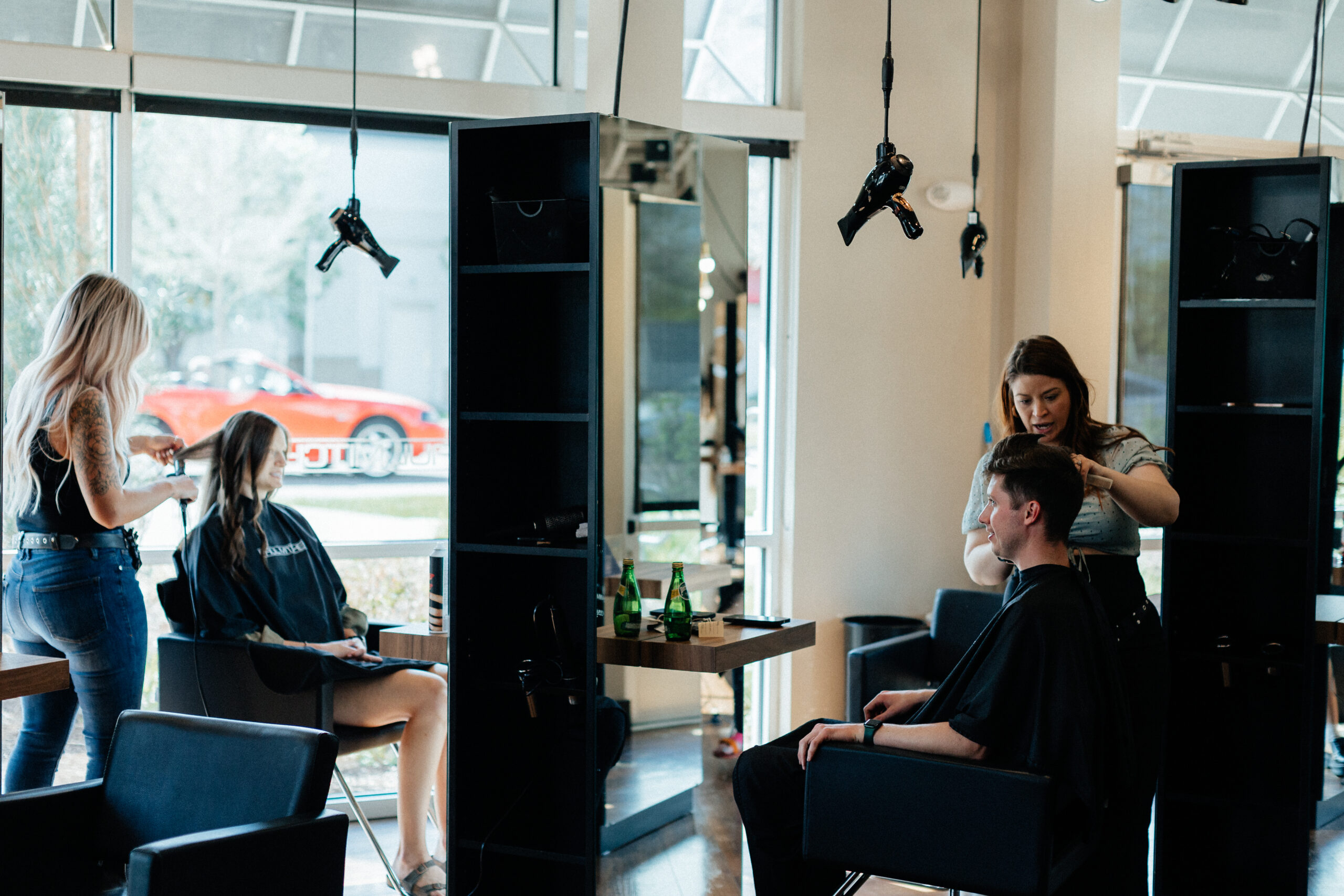Over dispensing is a major issue across the industry. Whether it’s in the name of convenience or lack of experience, it results in waste, hurting both the planet and profit.
The Product Allowance setting in the Vish Dashboard can help combat over distribution and generate new revenue for salons that were not effectively charing for extra color.
Let’s break down how it works and why it’s changed the salon pricing model for good.
Pricing Models
The three typical pricing models in the salon are:
- All-Inclusive: Various services or techniques are set with standard prices and inclusions based on the set prices for each level of stylist in the salon.
- Parts & Labor: This model separates pricing into product costs and service costs and is typically charged on an hourly basis.
- Time-Based Pricing: An all-inclusive hourly rate that increases based on the experience and talent level of the stylist. The main differentiating factor here is that there is only one charge – time.
When using the parts and labor model, your supply costs aren’t included in your service rate but instead passed straight on to your client. Vish does this automatically for you as you mix your color, communicating any service changes directly with the front desk. If you are using a time-based or all-inclusive model, your supply costs are built into your rate using an average, and one thing any stylist can tell you is that their clients are often far from average.
Charging For An Extra Bowl
Most salons charge a flat fee for any additional bowls of color used during a service. The main problem with this method is the bowl’s cost will vary based on what is mixed and how much, and that additional product is not communicated with the front desk during checkout.
Introducing Product Allowances
What if there was a way to charge clients based on the exact amount of color applied, never a gram more. This not only promotes full transparency with clients, but it also eliminates waste, and improves salon profitability.
Say hello to product allowances.
A product allowance is the amount of product, whether it be color, developer, lightener, or treatment that is included in the service price. When the cost of the product used during the service exceeds the amount accounted for in the price, Vish triggers an extra product charge based on exactly how much additional product is used. The result? Additional costs are fairly passed to the client based on exactly what you need for them.
EXAMPLE: Product Allowance for a Partial Highlight
How The Extra Product Charge Works
When the product allowance set for a service is exceeded, an extra charge is triggered and sent to Vish Front Desk to be added to the total tab. In the following example, the client had longer hair than average, and more product was needed to achieve the desired result, generating an extra charge.
EXAMPLE: Building on the Partial Highlight example above with one extra scoop of product needed after initial Product Allowance
Because an additional $4.20 product was used beyond the initial product allowance, this amount will be added to the client’s total for the Partial Highlight service.
Already a Vish user and want to turn on the Product Allowance feature? Connect with your customer service representative and see how product allowances can pay off for you.
How a Product Allowance Protects Your Bottom Line
Service prices are set based on how much money is fair for not only your time but also the average amount of product a client will need for that service. When a client requires more than what was included, you begin to lose profit. In this way, Vish’s product allowance feature protects your value and the money you make on each service.
No Confusion At The Front Desk
Thanks to the Vish Bluetooth scale, every drop of product used, to the tenth of a gram, will be captured in real-time and anything used beyond what is included in the set price is sent to the front desk to be added to the total itemized ticket.
The client can see the details and feel confident knowing that their service was priced accurately, promoting consistency at each appointment. The stylist can rest assured knowing that they didn’t forget to verbally convey the extra product charge to the reception and their client.
Retain And Maintain Profits
Learn more about how this Vish salon leveraged the product allowance feature to sustain profits and save thousands. You set the rules. Vish does the rest.
